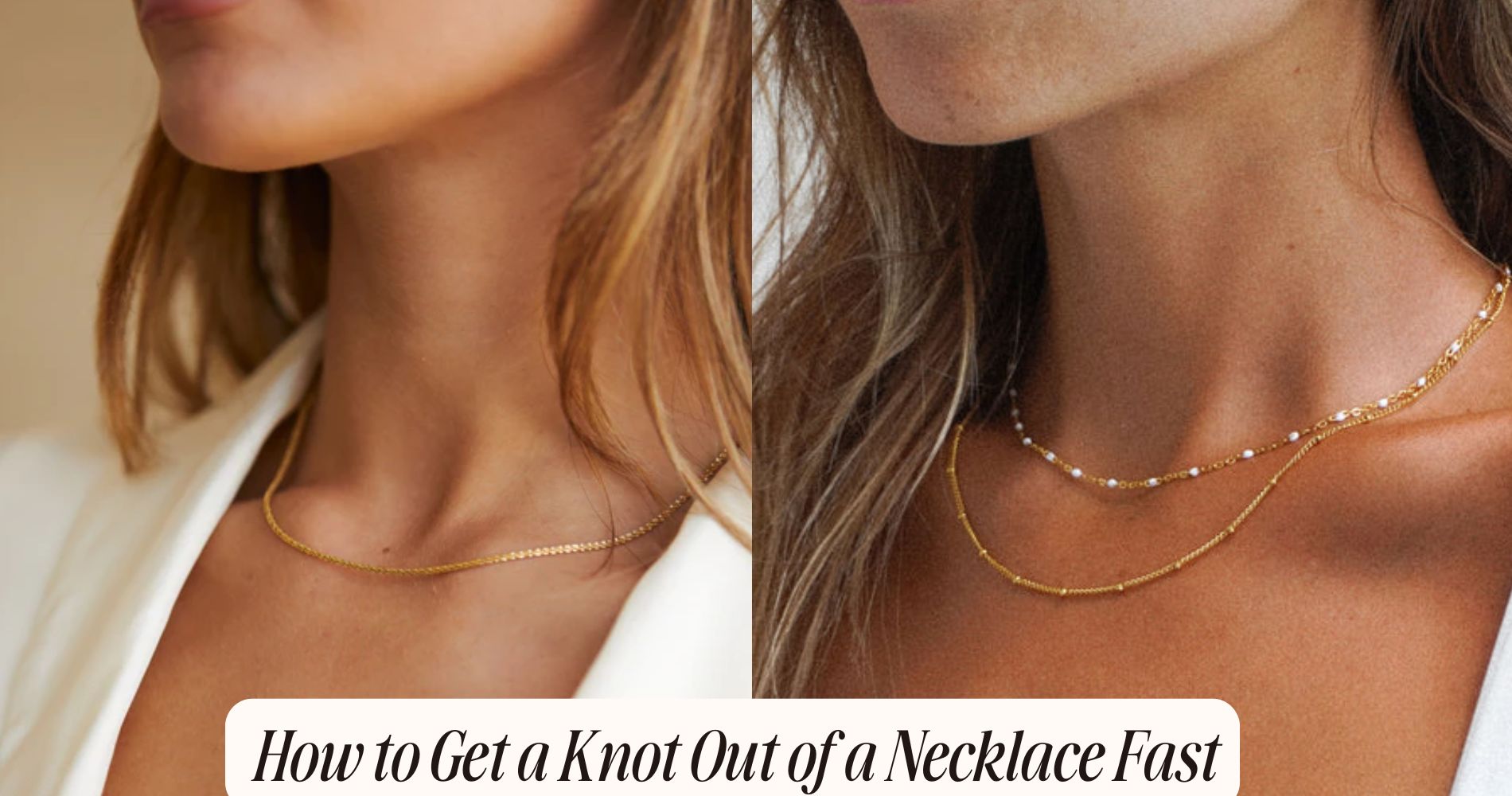
How to Get a Knot Out of a Necklace Fast
How to get a knot out of a necklace? To get a knot out of your necklace fast, start by evaluating the type and tightness of the knot. Gather tools like tweezers, a needle, and a soft cloth. Apply a small amount of lubricant, such as baby oil, to reduce friction. Gently manipulate the knot from the outer edges toward the center using the tools at hand. For stubborn knots, use a pin or needle to work through tight sections. Remember, patience is essential throughout this process to avoid damaging your necklace. Explore our Waterproof Necklaces collection for tangle-free designs and discover more techniques to maintain your jewelry’s quality.
Assess the Knot
Before you begin untangling your necklace, it's vital to evaluate the knot to determine the best approach for removal. Start by examining the knot's type; common knot types include overhand, slip, and figure-eight knots. Each has distinct characteristics that affect how you'll untangle them. Identifying the knot type helps you decide whether you should pull, twist, or gently manipulate sections of the necklace.
Next, consider the necklace materials. Different materials, such as delicate chains, beads, or pendants, require varying degrees of care. For instance, gold or silver chains may withstand a firmer touch, while silk or fabric-based materials could easily fray or break under pressure. Knowing your necklace's material will guide your actions to avoid causing damage.
Observe how tightly the knot is secured. A loosely tied knot may only require a gentle pull, while a tightly bound knot might necessitate more intricate handling. Evaluating these factors allows you to formulate an effective strategy, ensuring that you can navigate the knot without compromising the necklace's integrity.
With this evaluation complete, you're ready to proceed with the untangling process with confidence.
Gather Necessary Tools
Now that you've assessed the knot and have a clear understanding of its type, material, and tightness, it's time to gather the necessary tools to assist in the untangling process. Depending on the knot types you've encountered, you'll need specific tools to effectively tackle the situation.
First, grab a pair of tweezers. These are essential for gently pulling apart the strands without applying excessive force that could damage your necklace. For tighter knots, a needle or a safety pin can help create space between the intertwined sections.
If your necklace is made from delicate materials, such as silk or fine chains, having a soft cloth on hand will protect it during the process.
Additionally, a magnifying glass can help you see the knot clearly, allowing for precision. If the knot is particularly stubborn, you may also want to have a sewing needle threader handy to assist in threading the needle through tight spaces.
Apply Lubrication
To effectively untangle a knot in your necklace, applying lubrication can make a significant difference. Various lubrication types can be used, depending on what you have at hand. Common options include baby oil, olive oil, or even a dab of dish soap mixed with water. These substances help reduce friction, allowing the knot to loosen more easily.
For effective application, start by placing a small amount of your chosen lubricant directly onto the knot. Use a toothpick, a needle, or even your fingers to work the lubricant into the knot gently. Be careful not to apply too much pressure, as this could tighten the knot further. Instead, let the lubrication seep into the fibers of the chain or cord, creating a slippery surface that aids in untangling.
After applying lubrication, allow it to sit for a minute or two to maximize its effectiveness. This wait time enables the lubricant to penetrate the knot, enhancing your ability to manipulate it.
Once you feel the lubrication has done its job, you can proceed to the next step in the untangling process.
Loosen the Knot
To loosen the knot, start by applying a small amount of lubricant to the tangled area, which will help reduce friction.
Next, use your fingers to gently manipulate the knot, working from the outer edges toward the center. This precise action will gradually ease the tension and separate the intertwined strands.
Use Lubrication Method
Applying a small amount of lubrication can effectively loosen a stubborn knot in your necklace. You'll want to choose the right lubrication type, as some are more effective than others. Common options include baby oil, olive oil, or even a specialized jewelry lubricant. These effective oils can penetrate the fibers of the knot, reducing friction and allowing the strands to slide apart more easily.
To begin, apply a drop of your chosen oil directly onto the knot. Be cautious not to over-saturate, as too much lubrication can make the knot slippery and harder to manage. Allow the lubrication to sit for a minute or two, enabling it to work its way into the knot's crevices.
Next, gently wiggle the knot with a toothpick or a similar tool, working it into the knot without applying excessive force. This will help the oils to further loosen the fibers. Avoid using harsh chemicals or anything that could damage the necklace material.
With patience and the right lubrication method, you'll find that you can often remove even the most stubborn knots with relative ease.
Gentle Finger Manipulation
Gently manipulating the knot with your fingers is an essential step in loosening it without causing damage to your necklace. Start by evaluating the knot type—whether it's a simple overhand knot or a more complex tangle, your approach may vary slightly. Use your finger strength to apply a light, consistent pressure on the knot's edges. This helps to create movement without forcing the strands apart, which could lead to breakage.
Begin by identifying the two ends of the necklace that form the knot. Use your thumb and forefinger to pinch the knot lightly, then wiggle it back and forth. This gentle motion can help loosen the grip of the knot. If you encounter resistance, don't panic; instead, shift your focus to the other side of the knot and repeat the process.
If the knot is particularly stubborn, consider using your fingernails to gently pry apart the strands without applying excessive force. Throughout this process, remain patient and avoid tugging, as haste might damage delicate chains.
Use a Pin or Needle
Using a pin or needle can be an effective way to untangle knots in a necklace. This technique works particularly well for finer knot types, such as those found in delicate chains made of materials like gold or silver.
Begin by placing the necklace on a flat surface, ensuring it's well-lit to see the knot clearly. Carefully insert the pin or needle into the knot, aiming for the tightest section first. Gently wiggle the pin to loosen the strands; avoid applying excessive force, as this could damage the necklace materials or exacerbate the knot.
If you encounter a particularly stubborn knot type, you might need to manipulate the pin at different angles to work through the tangled strands. Once you've managed to loosen the knot, use your fingers to pull the strands apart gradually.
Keep in mind that this method is most effective with soft, flexible materials. For rigid or chunky necklace materials, this technique mightn't yield the same results. Always handle your necklace with care to maintain its integrity and shine.
Patience Is Key
When you're untangling a knot in your necklace, taking your time is essential.
Rushing through the process can lead to frustration and potential damage to the jewelry.
Focus on each movement carefully to guarantee a successful outcome.
Take Your Time
Untangling a necklace can be a test of patience, and rushing through the process often leads to frustration or damage. The intricate knot history of your jewelry highlights the importance of meticulous care. Each twist and turn in the chain can become more complicated under pressure.
When you encounter a knot, take a moment to assess the situation. Examine the knot from different angles to understand how the strands intertwine. This initial analysis is essential for effective jewelry care. Use your fingers to gently manipulate the chain, loosening the knot without applying excessive force. Remember, haste can lead to breakage, so it's better to take your time.
If you find the knot particularly stubborn, consider using tools like a needle or a pin to carefully separate the strands. Patience allows you to work through each layer methodically, minimizing the risk of damaging the necklace.
Ultimately, investing time in this delicate process not only preserves your jewelry but also enhances your skills in knot resolution. With practice, you'll become more adept at handling knots, ensuring your pieces remain beautiful and wearable for years to come.
Avoid Rushing Techniques
Rushing through the process of untangling a necklace can lead to more harm than good. When you hurry, you risk damaging the delicate links and stones, possibly causing permanent deformation or breakage. Instead, focus on slow, deliberate movements.
Start by examining the knot closely, identifying the loops and twists. This understanding is critical for effective knot prevention in the future.
Use your fingers to gently manipulate the tangled areas, rather than yanking or pulling, which can exacerbate the situation. If you encounter a stubborn knot, consider using tools like a needle or a pin to ease the tension without applying excessive force. Patience is key in jewelry care; taking your time guarantees you preserve the integrity of your necklace.
Additionally, once you successfully untangle the necklace, think about implementing preventive measures for the future. Store your jewelry properly, avoid wearing it while engaging in activities that might cause knots, and consider investing in a jewelry organizer.
Prevent Future Knots
To effectively prevent future knots in your necklaces, regularly check how you store them. Proper necklace storage is essential for knot prevention. Consider using a dedicated jewelry organizer with separate compartments or hooks. This way, each necklace remains distinct, minimizing the chance of intertwining.
If you prefer a simpler method, try hanging your necklaces on a pegboard or a decorative hook. Make sure that each piece has enough space to hang freely, reducing friction and tangling. Avoid coiling necklaces in a drawer or tossing them into a box; these practices often lead to knots.
For added protection, consider using soft cloth pouches for each necklace. This not only prevents tangling but also protects them from scratches or other damage. If you have delicate chains, use a straw to thread the necklace through before storing; this keeps the shape intact and further aids in knot prevention.
Lastly, make it a habit to check your necklaces periodically. Inspect for any signs of wear or tangling, and address issues immediately. By implementing these strategies, you'll maintain the integrity of your necklaces and greatly reduce the likelihood of future knots.
Frequently Asked Questions
Can I Use Oil Instead of Lubricant for Knots?
You can use oil as an alternative lubricant for knots, but it's not ideal. Consider other oil alternatives like baby oil or vegetable oil. Additionally, practicing knot prevention techniques can markedly reduce future tangles.
What if the Necklace Is Made of Delicate Materials?
When dealing with delicate materials, you should use gentle handling and delicate techniques. Avoid harsh tools or excessive force, as they can damage the necklace. Patience is key to preserving its integrity while untangling.
How Do I Prevent Tangles When Storing Necklaces?
To prevent tangles when storing necklaces, use proper storage techniques. Invest in necklace organizers that keep each piece separated. This minimizes friction and entanglement, ensuring your jewelry stays untangled and in pristine condition.
Is There a Specific Way to Tie Necklaces to Avoid Knots?
To avoid knots, use knot prevention techniques like clasping necklaces together or wrapping them loosely in fabric. Employ necklace storage solutions such as specialized organizers or boxes with compartments to keep your jewelry tangle-free.
What Should I Do if the Knot Is Too Tight to Loosen?
If you're facing a tight knot that won't budge, consider using emergency knot removal techniques. Apply a lubricant, gently pull the necklace apart, or use a pin to tease the knot loose effectively.
Conclusion
By following these steps, you can efficiently untangle your necklace and restore it to its original state. Always start by evaluating the knot and gathering the right tools to make the process smoother. Applying lubrication can greatly ease the tension, while a pin or needle helps to tease apart stubborn tangles. With a bit of patience, you'll guarantee your jewelry remains knot-free in the future. Remember, prevention is key to maintaining the integrity of your necklaces.











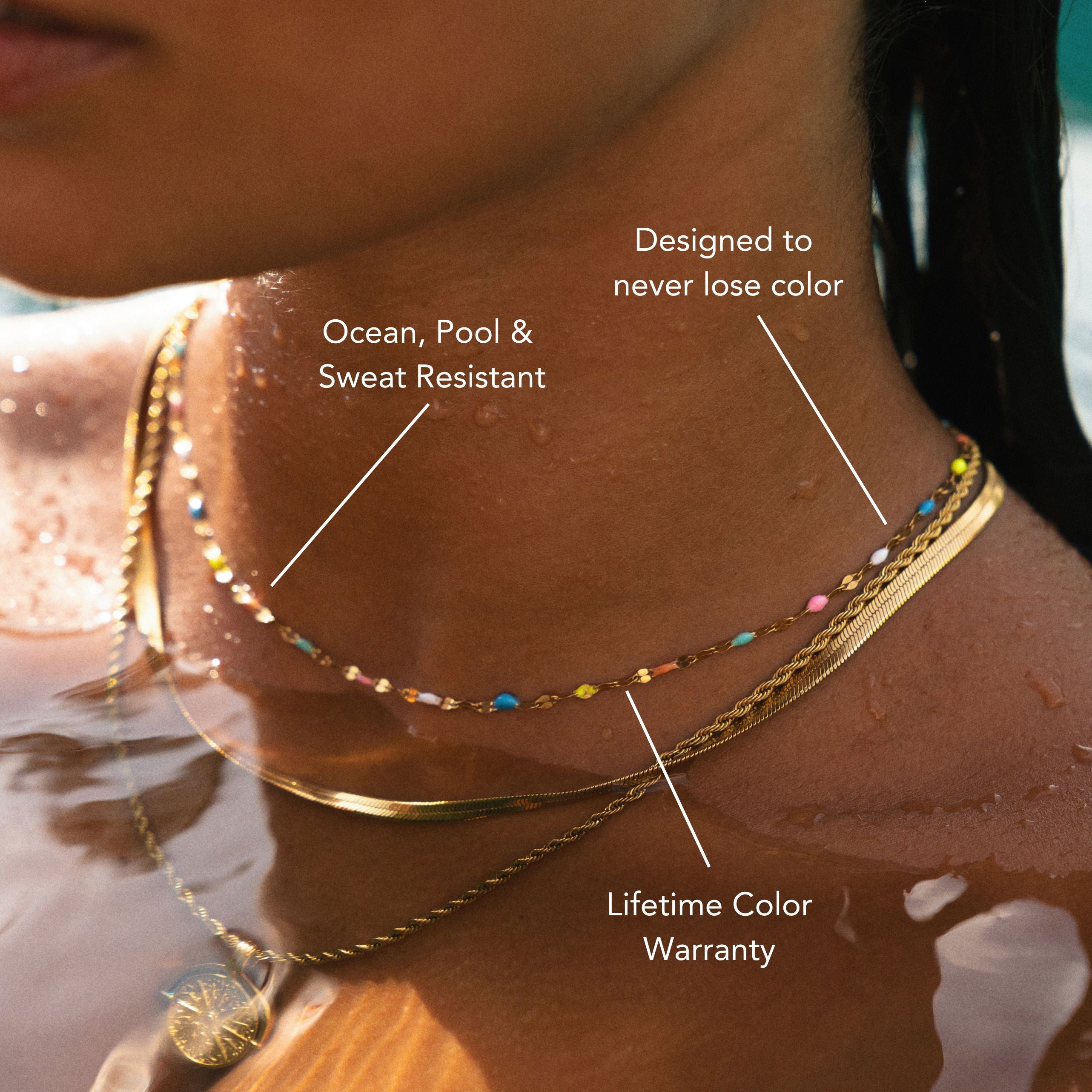




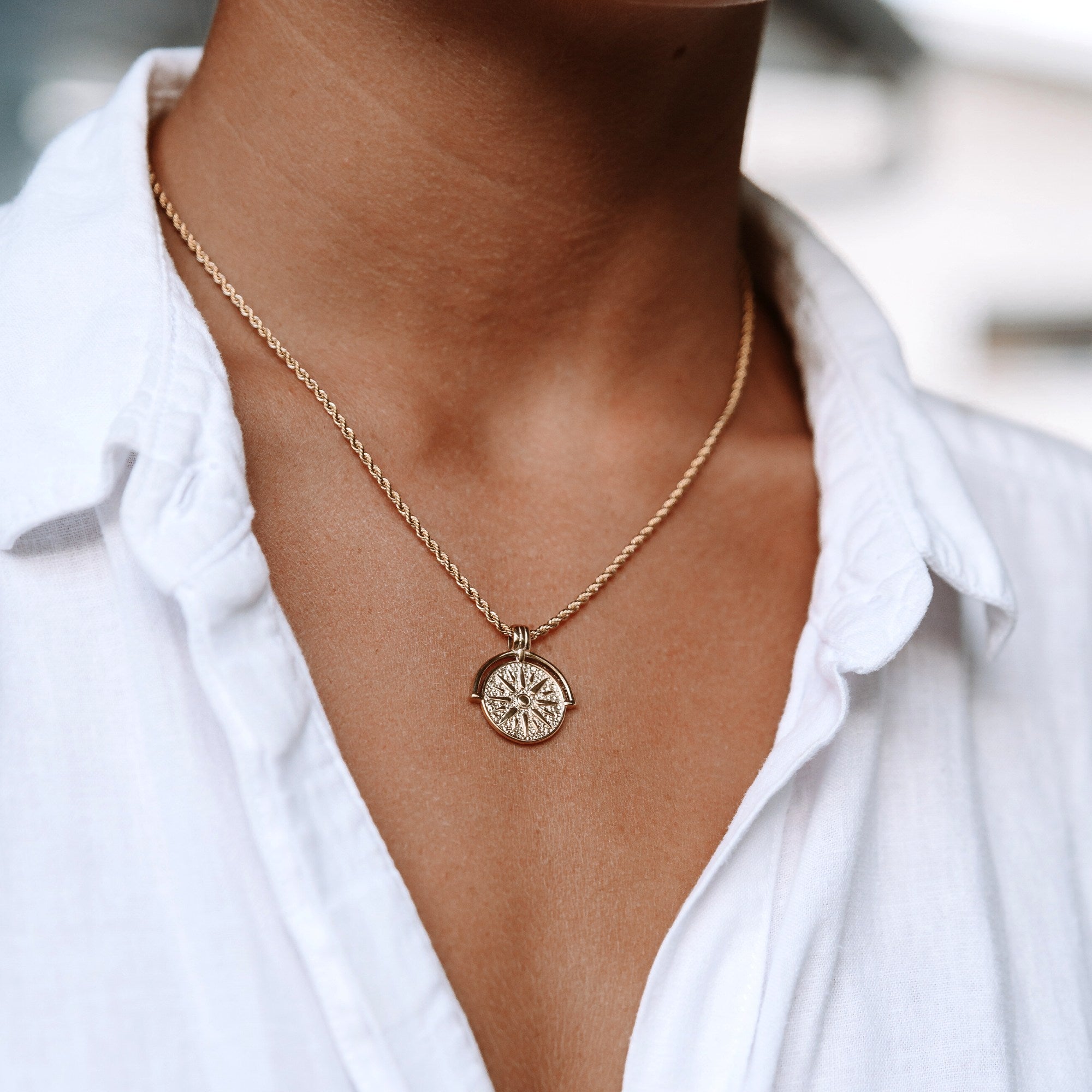

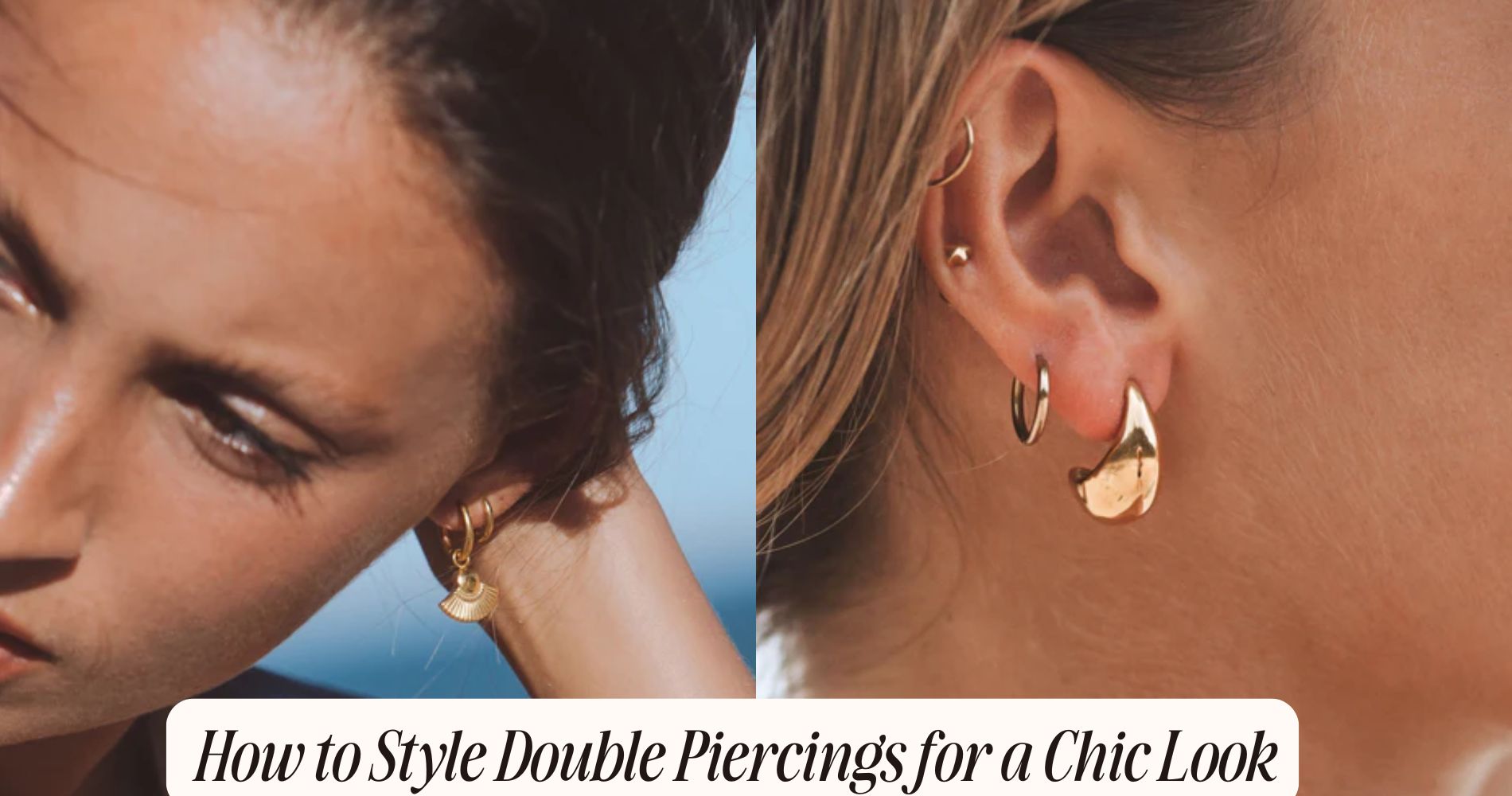
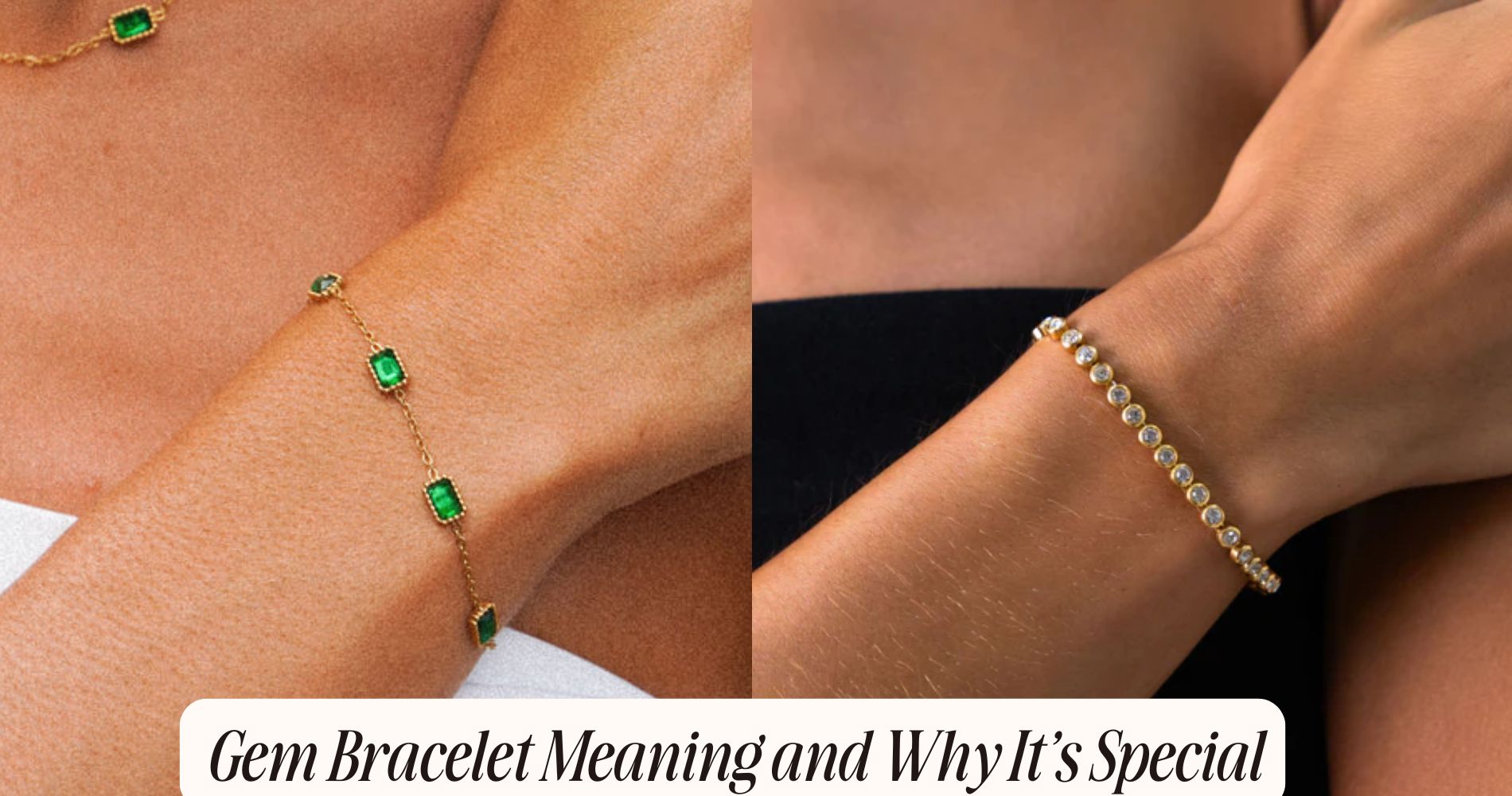




Leave a comment
This site is protected by hCaptcha and the hCaptcha Privacy Policy and Terms of Service apply.